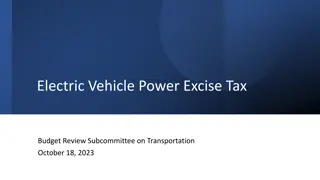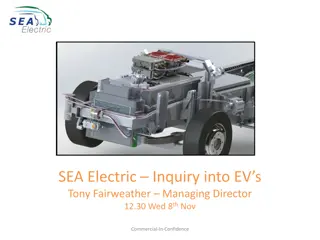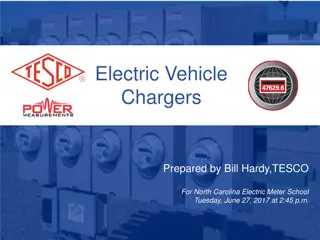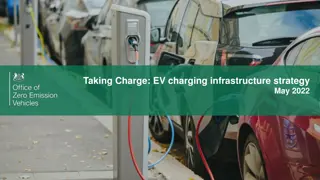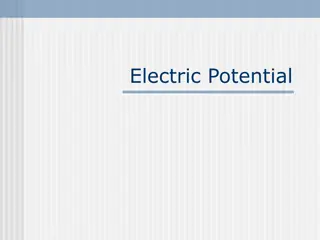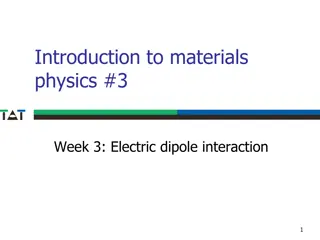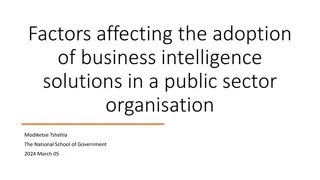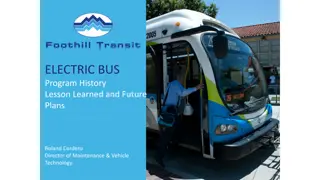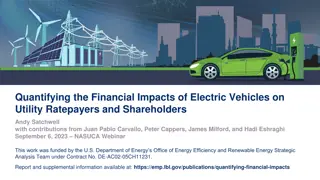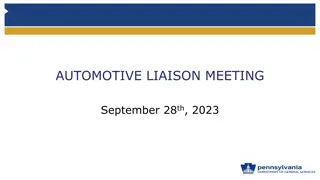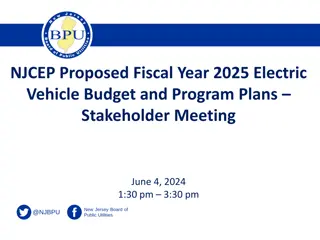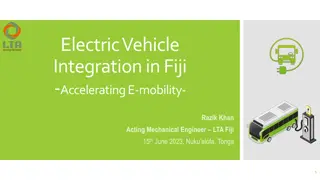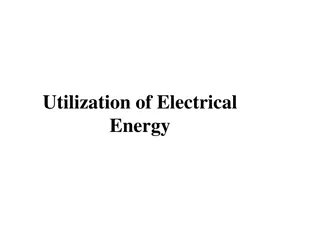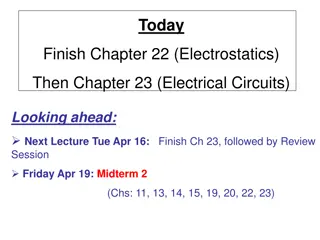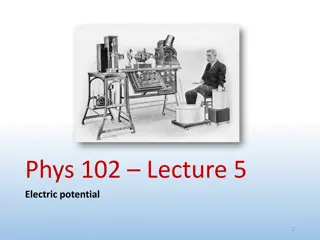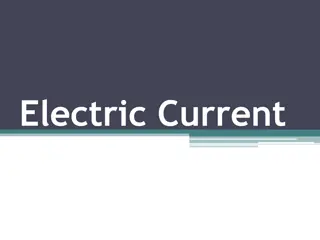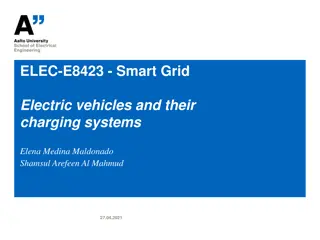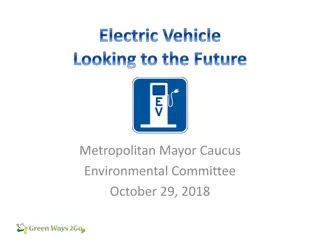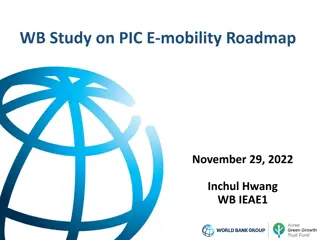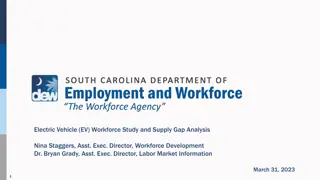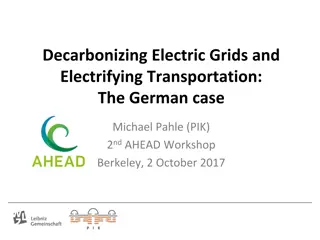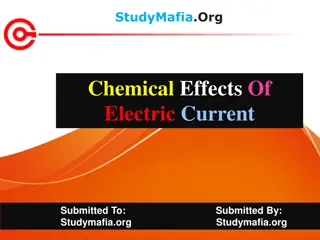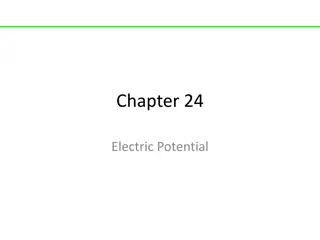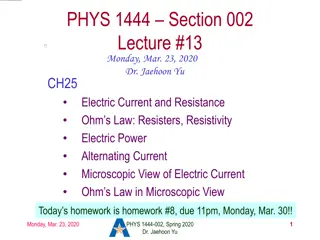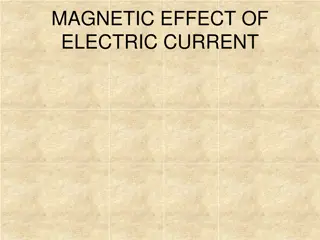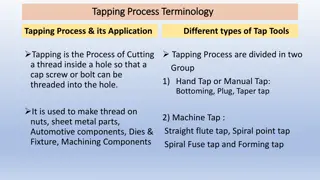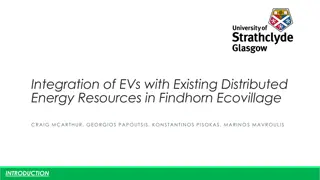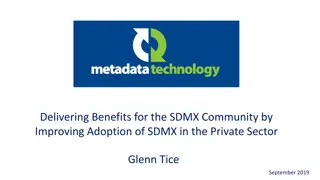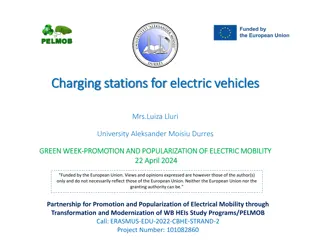Enhancing Electric Vehicle Adoption Through Local Policy Analysis
Electric vehicles (EVs) have potential for decarbonizing transportation but face cost challenges. This thesis explores how local policies impact EV total cost of ownership to drive consumer adoption and identifies effective strategies for reducing costs and increasing competitiveness.
- Electric vehicles
- Local policy analysis
- Transportation decarbonization
- Total cost of ownership
- EV adoption
Download Presentation

Please find below an Image/Link to download the presentation.
The content on the website is provided AS IS for your information and personal use only. It may not be sold, licensed, or shared on other websites without obtaining consent from the author. Download presentation by click this link. If you encounter any issues during the download, it is possible that the publisher has removed the file from their server.
E N D
Presentation Transcript
What goes into an abstract? Jackson Pollock Pablo Picasso
What is an abstract? Short summary of a paper, research project, or proposal Thesis: 200 - 400 words First section in a paper What is the purpose? Communicate why, what, how, and main results Clear take-away message Useful for - Communicating main results to those who won t read the paper - Deciding if you want to read a paper - Finding relevant papers Where do we find them? Peer reviewed research papers Theses Conference presentations Posters Grant proposals
Abstract components Motivation (1 sentence) State the broad problem/question. Why is the research important. Short and interesting. Research question/objective. (1 sentence) Question that the study addresses. Possibly state the gap in knowledge. Methods. (1-3 sentences) Main points that convey what you did. You can include types of data and analyses, possibly sample size(s) but not go into detail. Results. (2-4 sentences). Most important result(s). You can include the size of the main result. Discussion. (1-2 sentences). What should the reader take away from your results what is the main learning point. Broader implications. (1 last sentence). What contribution does the study make to the broad problem that motivates the study.
(1) The potential of electric vehicles (EVs) to help decarbonize the transportation sector is diminished by their high up-front price compared to traditional internal combustion engine vehicles (ICVs). (2) TCOs for EVs in 50 different US cities will be calculated and used as the dependent variable for a regression model against six categories of local EV policies: EV purchase incentives, EV operation incentives, tax exemptions, fee exemptions, ICV penalties, and EV penalties. (3) This thesis will explore how local policy has been used to decrease the TCO of EVs, thereby making EVs a more favorable option to consumers. (4) By identifying policies that are most effective in reducing TCO, this paper hopes to guide local policy in the US to raise EV adoption. (5) However, previous studies show that the cost competitiveness of EVs can be improved when considering total cost of ownership, which calculates the lifetime cost of a car by summing its up-front and operational costs.
The potential of electric vehicles (EVs) to help decarbonize the transportation sector is diminished by their high up-front price compared to traditional internal combustion engine vehicles (ICVs). However, previous studies show that the cost competitiveness of EVs can be improved when considering total cost of ownership, which calculates the lifetime cost of a car by summing its upfront and operational costs. This thesis will explore how local policy has been used to decrease the TCO of EVs, thereby making EVs a more favorable option to consumers. TCOs for EVs in 50 different US cities will be calculated and used as the dependent variable for a regression model against six categories of local EV policies: EV purchase incentives, EV operation incentives, tax exemptions, fee exemptions, ICV penalties, and EV penalties. By identifying policies that are most effective in reducing TCO, this paper hopes to guide local policy in the US that aims to raise EV adoption.
The transportation sector is the leading source of greenhouse gas emissions in the United States. Electric vehicles offer a promising pathway towards the decarbonization of the transportation sector, with batteries replacing gasoline. However, consumer uptake of electric vehicles is hindered by their high price compared to gas cars. Consumers may be more likely to purchase electric vehicles if they consider total cost of ownership, which captures the lifetime costs of owning a car and tends to lower the cost difference between electric vehicles and traditional cars. With an increasingly important role in fighting the climate crisis, cities are particularly interested in how to make the total cost of electric vehicles more competitive with gas cars. This thesis investigates the effect of city policies on the difference between the total cost of ownership of electric vehicles and comparable gas cars. The study ultimately aims to identify opportunities for cities to increase the cost-competitiveness of electric vehicles. After calculating the difference in the total cost of ownership of 3 popular electric vehicle models and 3 comparable gas cars across 38 US cities, the study analyzed the current state of city electric vehicle policy through statistical and observational assessments. These assessments helped evaluate major sources of cost burdens for EVs which were used to identify opportunities for policy intervention. Results show that city policies need to reduce electric vehicle costs by an average of $4,028 in order for the total cost of ownership of electric vehicles to equal gas cars. Current policy is insufficient to close this gap, reducing electric vehicles costs only by an average of $1,667. A reason for this gap could be that only 29% of cities tailor their policies to their sources of high costs. A scenario analysis supported this reason, where a scenario in which cities tailored policies to their highest cost burdens gave electric vehicles a $737 advantage over gas cars on average. These results indicate that in order to increase the impact of policy, cities should tailor policies to respond to their unique cost structures.





